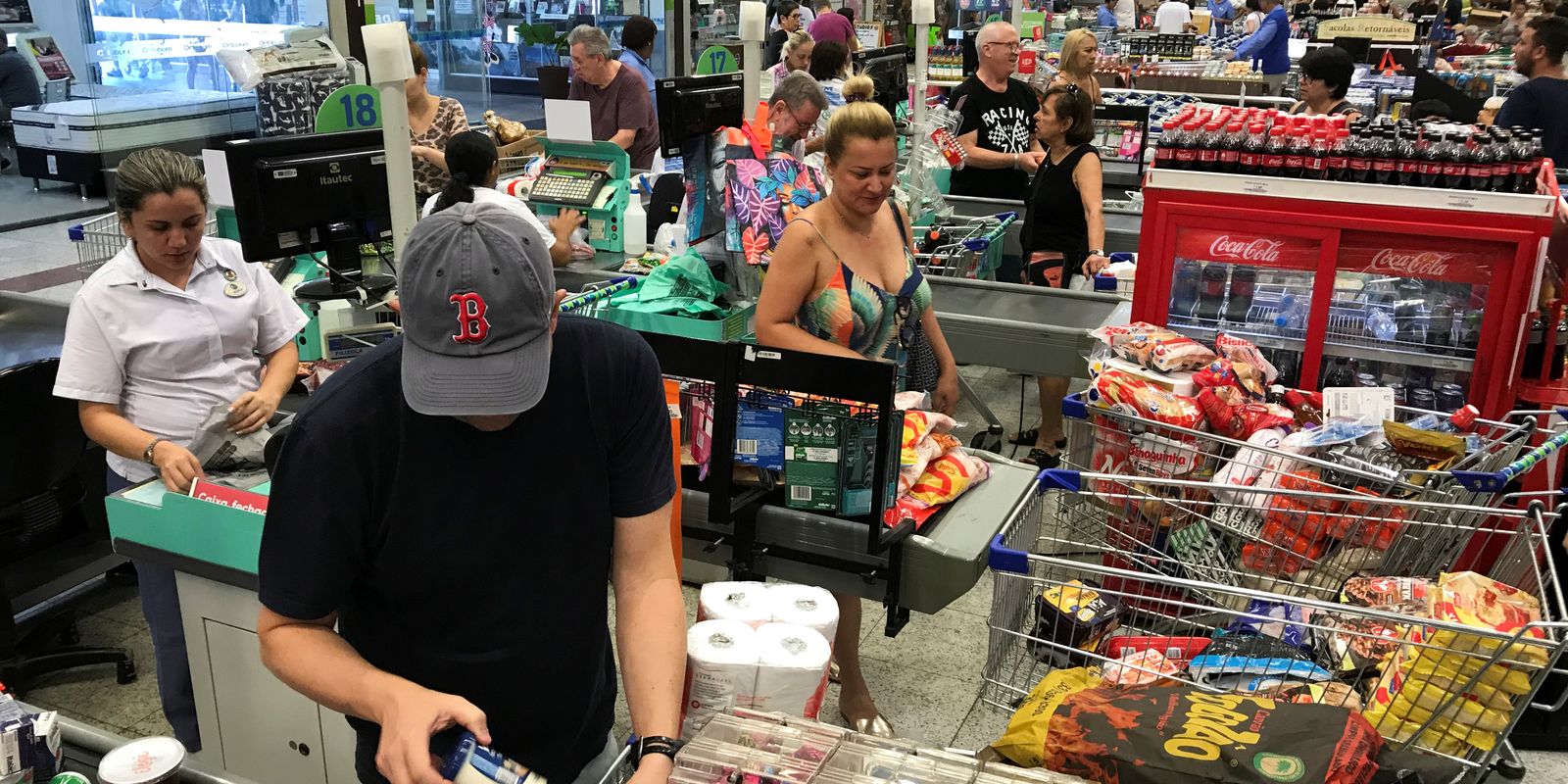Inflation accelerated in October for almost all income groups, compared to September. The exception was for high-income families. For households with very low income, the inflation rate increased from 0.58% in September to 0.75% in October, while higher-income families went from 0.33% to 0.27% in same period.
The data comes from the Ipea Inflation Indicator by Income Range, released this Tuesday (12) by the Institute of Applied Economic Research (Ipea).
The low-income segment is the one that recorded the highest inflationary increase in the year to date (4.17%), while the high-income segment has the lowest rate (3.20%). Over the past 12 months, high-income families have the lowest inflation rate (4.44%), while the very low-income group has the highest rate (4.99%).
“Although the food and beverage and housing groups were the main points of inflationary decompression for all income strata, the upward impact coming from these two segments was proportionally stronger in the lower income classes, given the higher percentage of spending on these goods and services in the budget of these families.”
Even with the deflations recorded in several foods in naturesuch as tubers (-2.5%), vegetables (-1.4%) and fruits (-1.1%), the impacts of the strong increase in meat (5.8%), chicken (1.0% ) and milk (2.0%), in addition to the adjustments for soybean oil (5.1%) and coffee (4.0%), explain the positive contribution of these groups to October inflation.
“The low level of reservoirs led to the adoption of red flag level 2 in electricity tariffs in October, generating an adjustment of 4.7% and contributing to pressure from the housing group”, says the Ipea note.
On the other hand, there was an improvement in the performance of the transport group, mainly reflected by the decline in public transport fares, such as urban buses (-3.5%), trains (-4.8%) and subways (-4.6%), in addition to the 0.17% deflation of fuels. As a result, there was inflationary relief for all classes in October.
High-income families felt an even stronger inflationary decompression given the 11.5% drop in airline tickets and 1.5% in app-based transportation, even canceling out the pressure exerted by the personal expenses group, reflecting, especially, the 1.4% adjustments for recreation and leisure services.
















